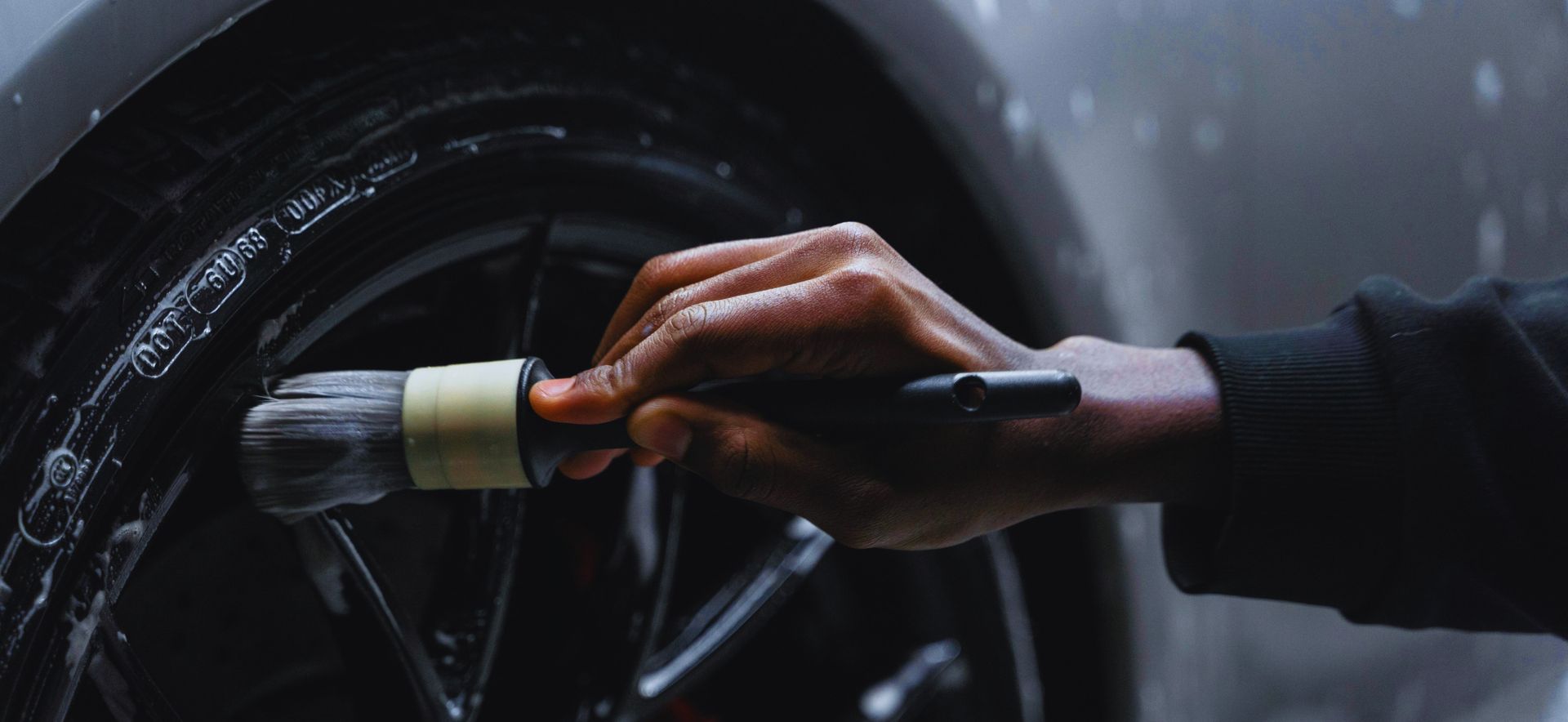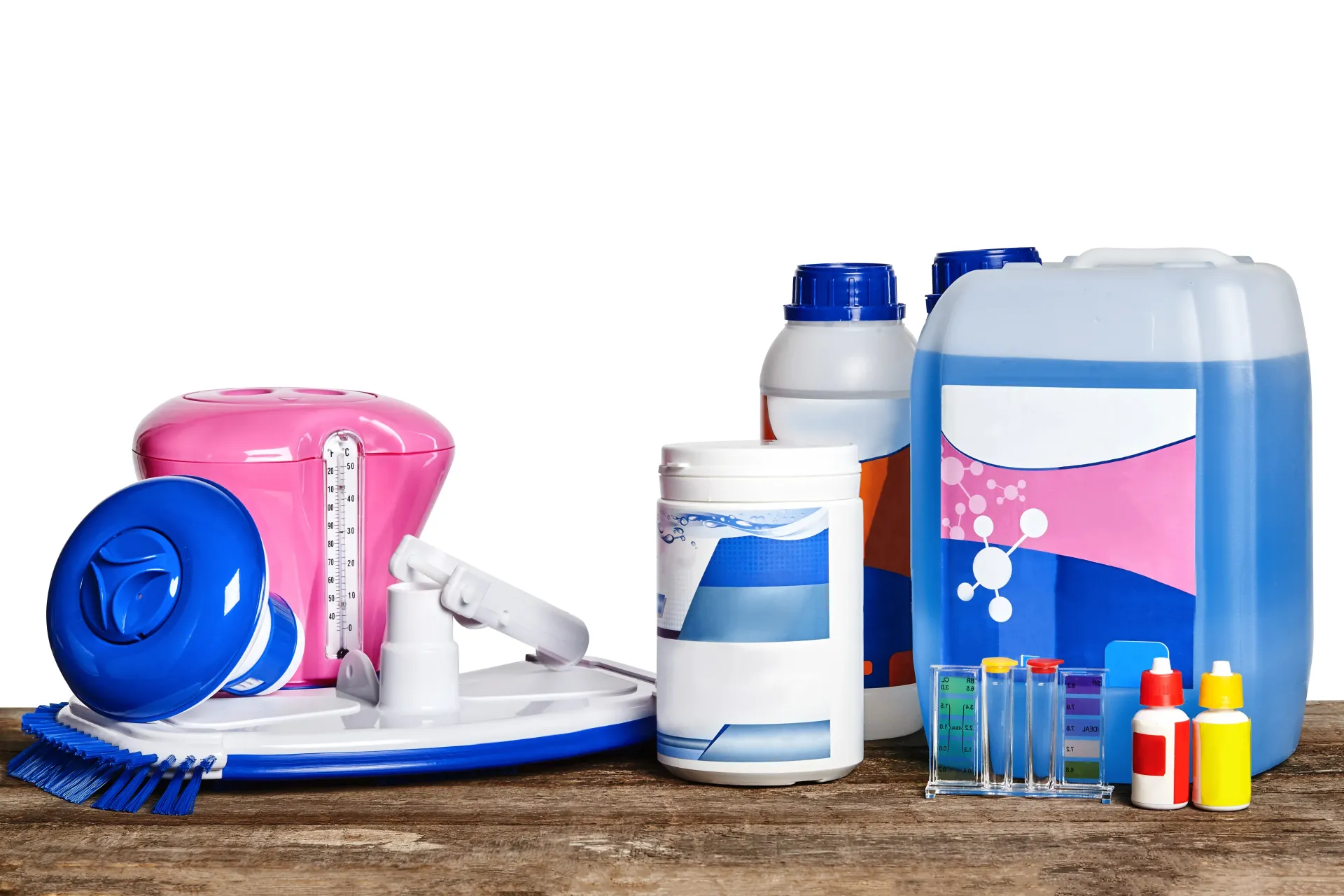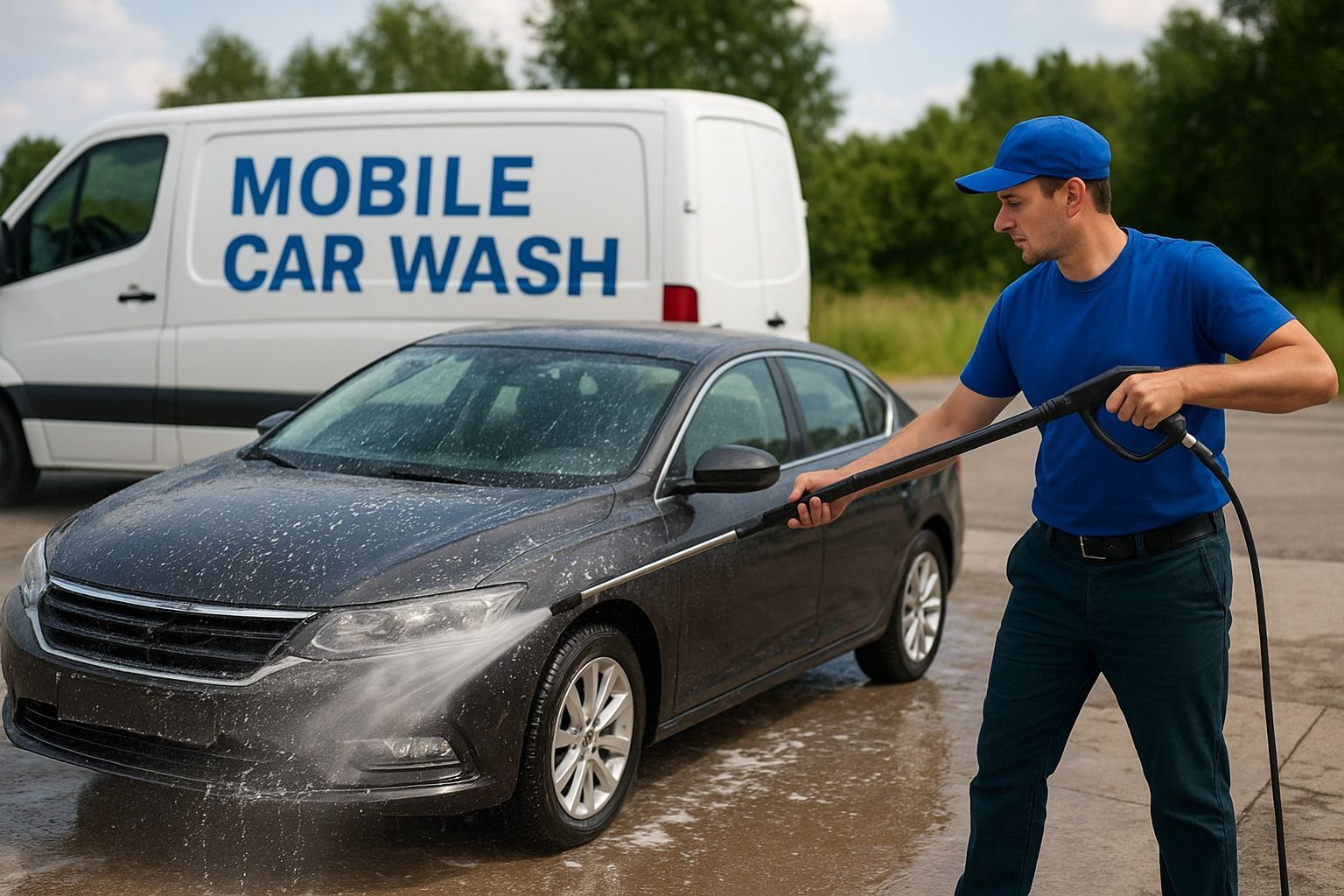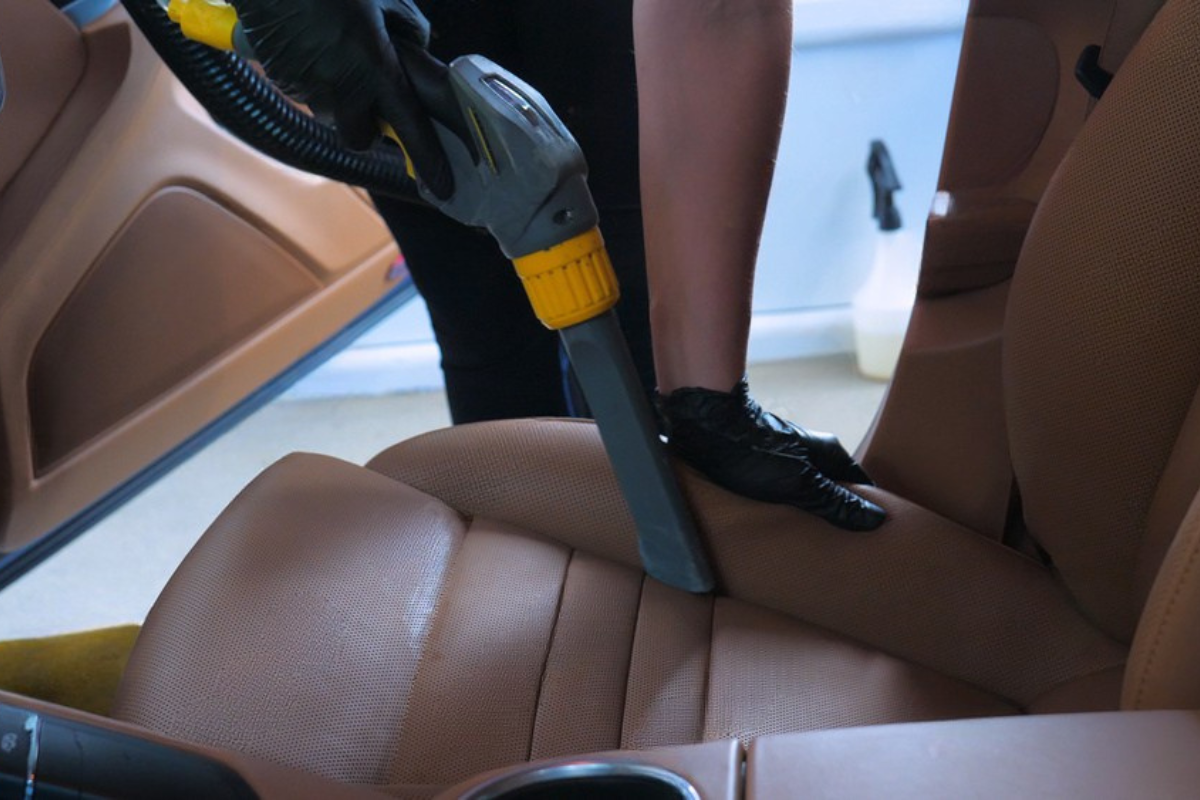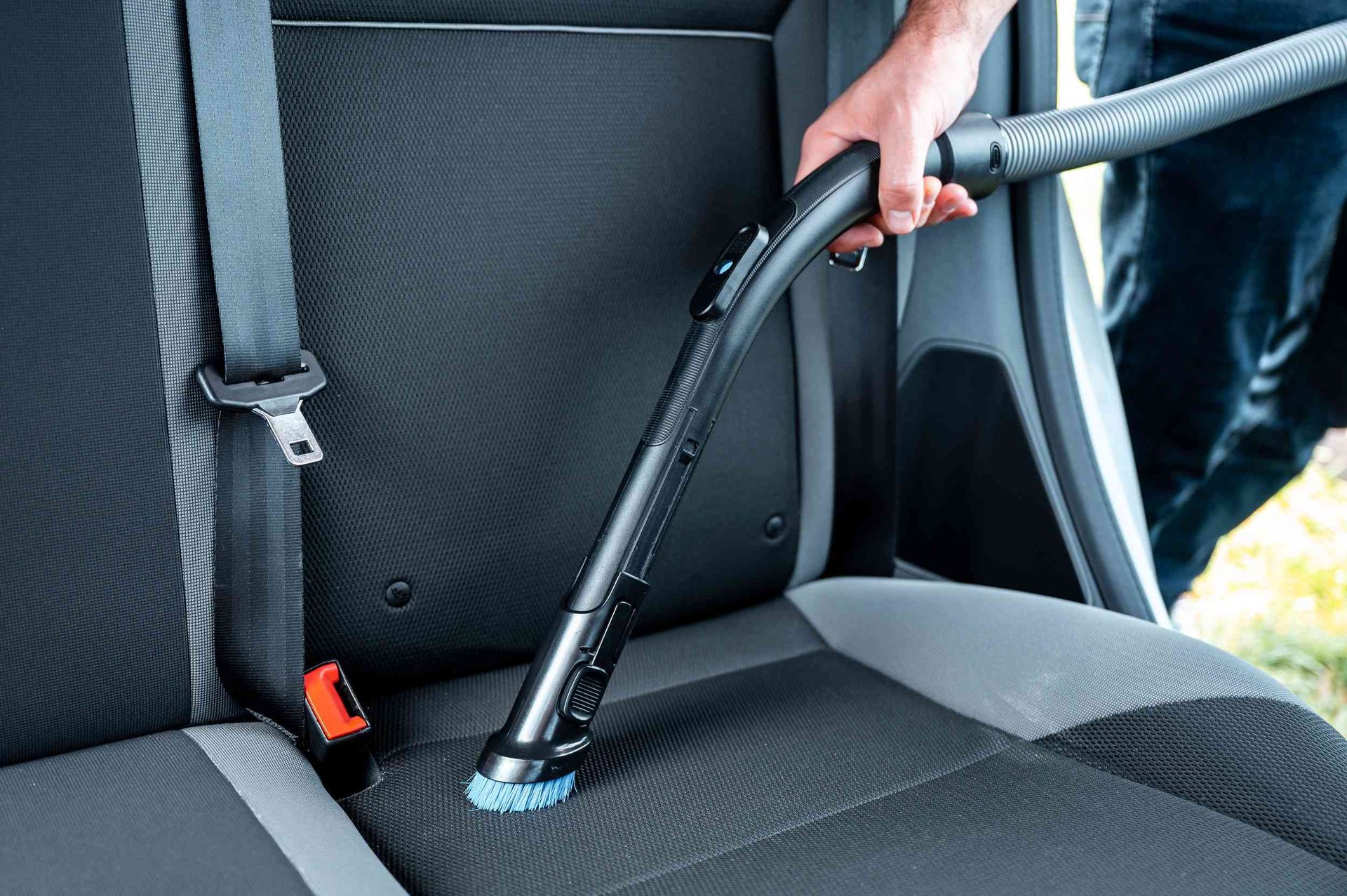Deep Clean: The Ultimate Step-by-Step Guide to Cleaning Automotive Parts
Looking for a complete guide to deep clean automotive parts? Learn expert tips, tools, and step-by-step cleaning methods to restore your car components like new!
Deep Clean Automotive Parts
Deep cleaning automotive parts is one of the most overlooked, yet critical, aspects of car care. Whether you're a weekend mechanic, a car enthusiast, or just someone who values vehicle performance and longevity, understanding how to deep clean automotive parts the right way can extend the life of your car, improve performance, and even save you money. From the engine bay to the brake pads, every component deserves attention.
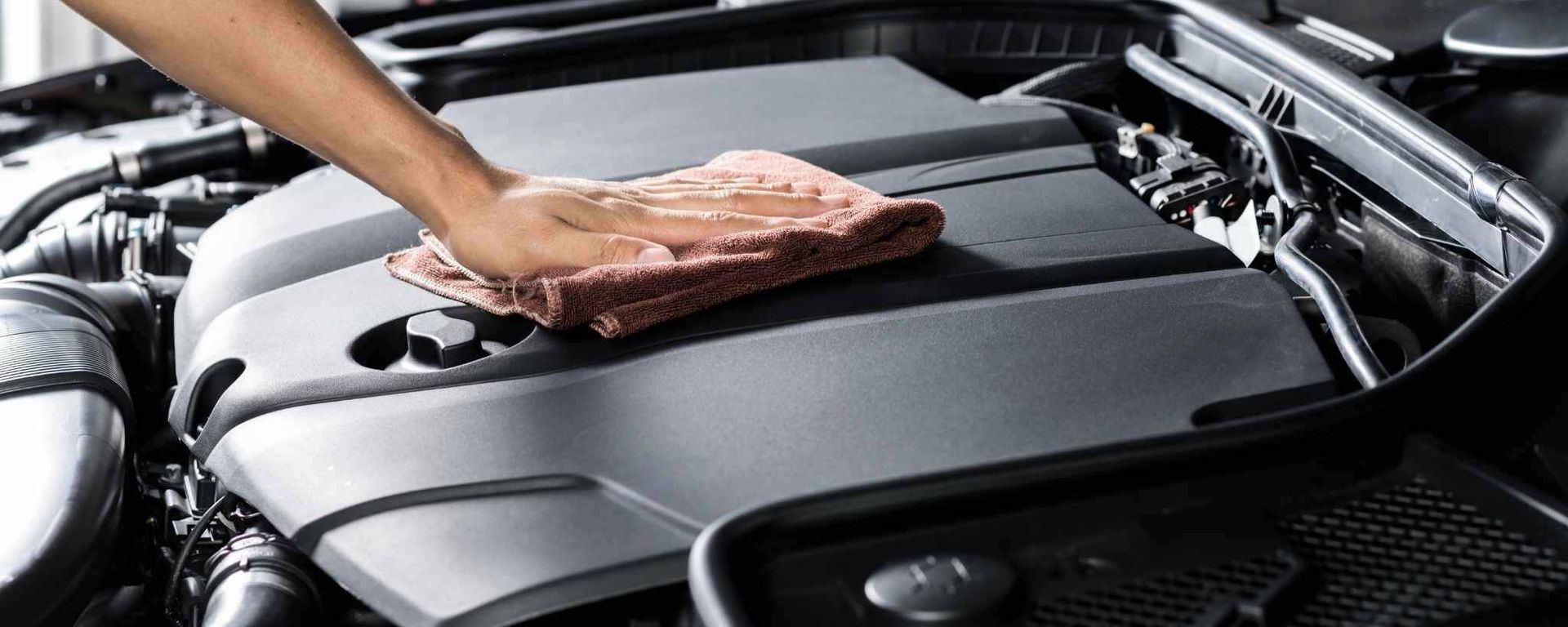
Why Deep Cleaning Automotive Parts Is Crucial
Over time, automotive parts accumulate layers of dirt, grease, debris, and even rust. This not only affects performance but can also lead to permanent damage. Deep cleaning enhances:
- Functionality: Cleaner parts operate more efficiently.
- Longevity: Dirt and corrosion can reduce the lifespan of parts.
- Resale Value: A well-maintained car sells for more.
- Safety: Clean brakes and engines operate more reliably.
Think of it as preventative medicine for your car—investing in cleaning now avoids costly repairs later.
Essential Tools & Supplies for Deep Cleaning Car Parts
Before diving in, gather the right tools. Here’s what you’ll need:
Tools Purpose
Degreaser/Cleaner Break down grease and dirt
Microfiber cloths Wipe down surfaces
Wire brushes/toothbrush Scrub hard-to-reach areas
Compressed air Remove loose particles/dry parts
Buckets & water hoses Rinse components
Protective gloves & eyewear Safety first!
Steam cleaner (optional) For heavy-duty grime removal
Plastic containers Soak small parts
Always choose non-corrosive cleaners for sensitive parts like sensors or electronics.
Preparing Your Workspace for Auto Part Cleaning
Clean parts in a well-ventilated area with ample lighting. Lay down plastic sheets or trays to avoid contaminating your garage or driveway. Organize all your tools within reach, and label containers for soaking or rinsing different parts. Disconnect your battery before working on any electrical components.
Understanding the Types of Automotive Parts and Materials
Not all parts are created equal, and each requires unique care:
- Metal Parts: Can handle more aggressive cleaning (e.g., wire brushes).
- Plastic Components: Need gentle cleaners to avoid cracks or discoloration.
- Rubber Seals: Use silicone-safe products to prevent drying out.
- Electronic Sensors: Avoid water; use contact cleaners instead.
Knowing what you're working with helps prevent accidental damage.
How to Remove Grease and Grime Like a Pro
Grease is the enemy of every car owner. Follow these steps:
- Apply Degreaser: Spray liberally over the greasy area.
- Let It Sit: Allow 5–10 minutes for it to break down.
- Scrub: Use a brush for heavy spots.
- Rinse Thoroughly: Use water or steam.
- Repeat If Necessary: Some grease may need multiple rounds.
Use citrus-based or biodegradable degreasers for an eco-friendly touch.
Step-by-Step Guide to Cleaning Brake Components
Brakes accumulate a lot of brake dust, which is harmful if inhaled.
- Remove the wheel.
- Spray brake cleaner on the rotors, calipers, and pads.
- Scrub with a small brush (don’t sandpaper!).
- Wipe off excess and let them air dry.
- Inspect for wear or rust.
Don’t use water directly on brakes. Let them dry fully before driving.
Deep Cleaning the Engine Bay Safely and Effectively
The engine bay may seem intimidating, but it’s manageable.
- Cover sensitive parts: alternator, battery terminals, air intakes.
- Use a dry brush to remove loose debris.
- Spray a mild degreaser.
- Rinse lightly using a low-pressure hose.
- Dry using microfiber towels or compressed air.
Consider a professional Mobile Auto Detailing Service if unsure.
Cleaning or Replacing Air Filters: What You Need to Know
Reusable air filters can be cleaned; disposable ones should be replaced.
To clean:
- Remove the filter.
- Tap out loose debris.
- Spray filter cleaner.
- Rinse gently from the clean side.
- Let it air dry completely before reinstalling.
Never reinstall a damp filter—it can harm your engine.
How to Clean Fuel Injectors for Optimal Performance
Fuel injectors affect how fuel is delivered into the combustion chamber.
Cleaning options:
- On-car cleaning kit: Connects directly to the fuel rail.
- Off-car ultrasonic cleaning: Requires removal and special equipment.
For DIYers, fuel additives can help maintain injectors between services.
How to Flush and Clean a Car Radiator
Your radiator controls engine temperature—don’t neglect it.
- Drain old coolant.
- Add radiator flush solution.
- Fill with distilled water and run engine.
- Drain and refill with fresh coolant.
Repeat annually to avoid overheating or corrosion.
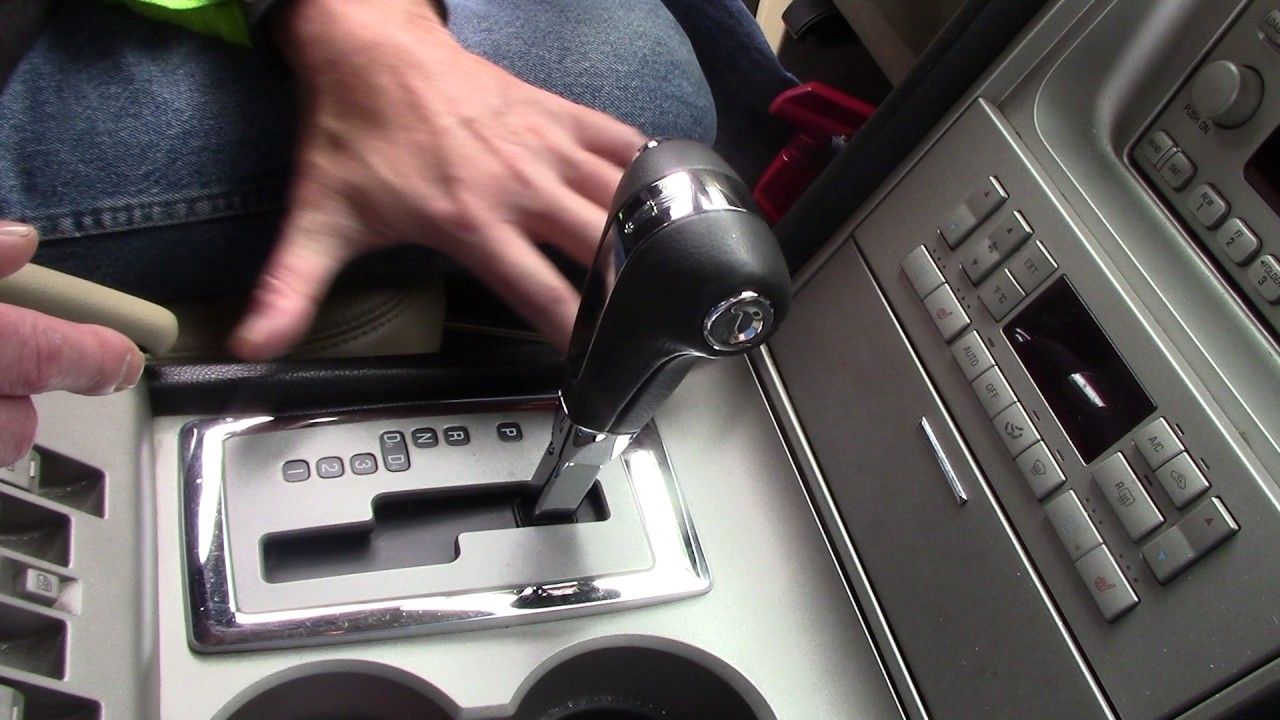
Proper Cleaning of Transmission Components
Manual transmission parts can be cleaned externally. For automatic systems:
- Drain fluid.
- Clean the pan and magnet.
- Replace the filter.
- Refill with fresh transmission fluid.
If unsure, leave internal cleaning to professionals—it’s intricate.
Safe Cleaning Practices for Electrical Auto Parts
Avoid water! Instead:
- Use electrical contact cleaner sprays.
- Dry with compressed air or microfiber cloths.
- Avoid abrasive tools.
Label connections when removing parts to make reassembly easier.
Deep Clean Methods for Dashboard, Vents & Panels
Interior parts matter too!
- Use a vacuum to remove dust from vents.
- Apply interior-safe cleaner to cloth (not directly on surface).
- Wipe gently.
- Use a detailing brush for buttons and tight spaces.
Finish with UV-protectant sprays to prevent fading.
How to Remove Rust from Metal Car Parts
Rust is tricky, but not impossible:
- Soak small parts in white vinegar overnight.
- Use a wire brush to scrub.
- For large parts, apply rust dissolver gels.
- Rinse, dry, and seal with rust inhibitor.
Keep parts dry after cleaning to avoid recurrence.
How to Dry, Seal, and Protect Cleaned Auto Parts
Post-cleaning care is just as vital:
- Dry thoroughly: Use towels, air-drying, or compressed air.
- Lubricate moving parts: Prevents squeaking and wear.
- Seal exposed metals: Use anti-rust sprays or silicone coatings.
- Store carefully: In dry, clean environments.
Maintenance Tips to Keep Your Car Parts Clean Longer
- Schedule monthly checks.
- Use protective covers or shields.
- Invest in regular detailing.
- Apply ceramic coatings to high-exposure parts.
Consistent maintenance beats reactive cleaning every time.
Environmentally Safe Cleaning Solutions and Practices
- Use biodegradable cleaners.
- Avoid washing over storm drains.
- Recycle used rags and fluids.
- Choose eco-friendly detailing services.
This approach protects your car and the planet.
When to Hire a Mobile Auto Detailing Service
Sometimes, the job is too big, or you’re short on time. A mobile auto detailing service brings professional equipment and expertise to your doorstep. They offer engine bay cleaning, interior detailing, rust treatment, and more—saving you time and ensuring perfection.
Need Help? Contact the Experts Today
Have questions or need a quote for professional auto detailing? Reach out to the experts who understand every nut and bolt. They're ready to assist with top-tier auto care services tailored to your vehicle’s needs.
Frequently Asked Questions
How often should I deep clean my car parts?
Ideally, deep clean major components like brakes and engine bay every 6 months. Regular maintenance helps prevent buildup.
Can I use household cleaners on car parts?
Avoid them. Many contain harsh chemicals that damage rubber, plastic, or electronics. Always use automotive-specific products.
Is it safe to pressure wash an engine?
Only if done carefully. Avoid spraying sensors and electronics directly. Use low pressure and proper masking.
What’s the best degreaser for automotive parts?
Citrus-based or solvent-based degreasers work well. Pick based on the material and part being cleaned.
Do I need to remove parts for deep cleaning?
Not always. But for thorough cleaning, especially of smaller or delicate parts, removing them helps access all sides.
Can cleaning improve my car’s performance?
Absolutely. Clean filters, fuel injectors, and engine bays reduce strain on the engine and improve fuel efficiency.
Final Thoughts on Cleaning Automotive Parts
Deep cleaning automotive parts doesn’t just enhance your car’s looks—it preserves performance, safety, and value. Whether you do it yourself or hire professionals, what matters is consistency and care. Armed with the right tools and knowledge, you can make your vehicle run cleaner, smoother, and longer.
Links

